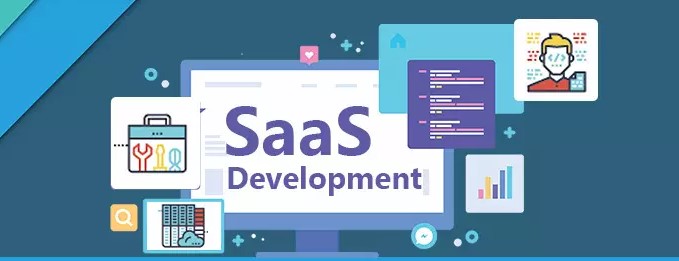Software as a Service (SaaS) has revolutionized the way businesses operate by offering cloud-based applications accessible over the internet. SaaS software development involves creating and delivering software applications through a subscription model, eliminating the need for traditional installation and maintenance.
Benefits of SaaS Software Development
- Cost-Effective: SaaS software development the need for expensive hardware and software licenses, making it a cost-effective solution for businesses of all sizes.
- Scalability: SaaS applications can scale according to the needs of the business, allowing for flexibility and growth.
- Accessibility: SaaS applications are accessible from anywhere with an internet connection, enabling remote work and collaboration.
- Updates and Maintenance: SaaS providers handle updates and maintenance, ensuring that the software is always up-to-date and secure.
Common Challenges in SaaS Software Development
- Security: Ensuring the security of data stored in the cloud is a major challenge for SaaS developers.
- Integration: Integrating SaaS applications with existing systems can be complex and require specialized knowledge.
- Performance: Maintaining optimal performance as the user base grows can be challenging for SaaS developers.
Key Considerations for SaaS Software Development
- User Experience: Designing a user-friendly interface is crucial for the success of a SaaS application.
- Data Privacy: Ensuring compliance with data protection regulations is essential to build trust with users.
- Customization: Providing customization options can enhance the user experience and meet specific business needs.
SaaS Development Process
- Idea and Conceptualization: Identify the problem the SaaS application will solve and define its key features.
- Planning and Design: Create a detailed plan and design the user interface and user experience.
- Development and Testing: Develop the application using agile methodologies and perform thorough testing to ensure quality.
- Deployment and Maintenance: Deploy the application to the cloud and provide ongoing maintenance and support.
Best Practices for SaaS Software Development
- Use Agile Methodologies: Agile methodologies allow for flexibility and collaboration throughout the development process.
- Continuous Integration and Deployment (CI/CD): Implementing CI/CD practices ensures that changes are quickly and safely deployed to production.
- Security First Approach: Prioritize security at every stage of the development process to protect user data.
Technologies Used in SaaS Software Development
- Programming Languages: JavaScript, Python, Ruby on Rails
- Frameworks: Angular, React, Node.js
- Databases: MySQL, MongoDB, PostgreSQL
- Cloud Platforms: AWS, Azure, Google Cloud
Future Trends in SaaS Software Development
- Artificial Intelligence: AI and machine learning will play a significant role in enhancing the capabilities of SaaS applications.
- Edge Computing: Edge computing will enable SaaS applications to process data closer to the source, reducing latency.
- Containerization: Containerization technologies like Docker and Kubernetes will simplify the deployment and management of SaaS applications.
Conclusion
SaaS software development has transformed the digital landscape by offering cost-effective, scalable, and accessible solutions for businesses. By following best practices and embracing emerging technologies, SaaS developers can create innovative and successful applications that meet the evolving needs of users.





